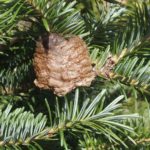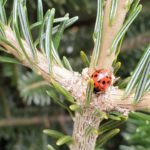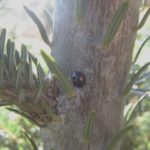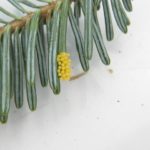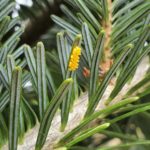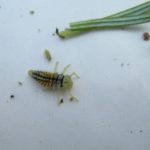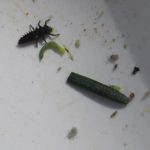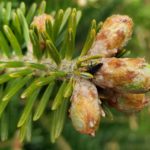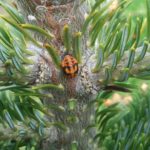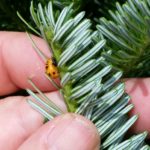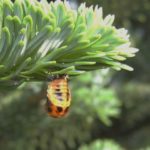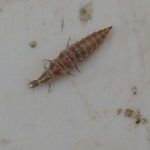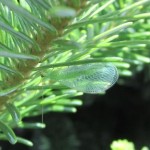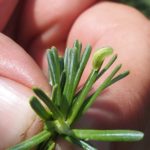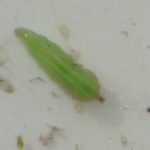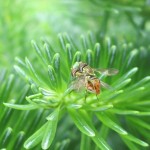Predators
go.ncsu.edu/readext?690158
en Español / em Português
El inglés es el idioma de control de esta página. En la medida en que haya algún conflicto entre la traducción al inglés y la traducción, el inglés prevalece.
Al hacer clic en el enlace de traducción se activa un servicio de traducción gratuito para convertir la página al español. Al igual que con cualquier traducción por Internet, la conversión no es sensible al contexto y puede que no traduzca el texto en su significado original. NC State Extension no garantiza la exactitud del texto traducido. Por favor, tenga en cuenta que algunas aplicaciones y/o servicios pueden no funcionar como se espera cuando se traducen.
Português
Inglês é o idioma de controle desta página. Na medida que haja algum conflito entre o texto original em Inglês e a tradução, o Inglês prevalece.
Ao clicar no link de tradução, um serviço gratuito de tradução será ativado para converter a página para o Português. Como em qualquer tradução pela internet, a conversão não é sensivel ao contexto e pode não ocorrer a tradução para o significado orginal. O serviço de Extensão da Carolina do Norte (NC State Extension) não garante a exatidão do texto traduzido. Por favor, observe que algumas funções ou serviços podem não funcionar como esperado após a tradução.
English
English is the controlling language of this page. To the extent there is any conflict between the English text and the translation, English controls.
Clicking on the translation link activates a free translation service to convert the page to Spanish. As with any Internet translation, the conversion is not context-sensitive and may not translate the text to its original meaning. NC State Extension does not guarantee the accuracy of the translated text. Please note that some applications and/or services may not function as expected when translated.
Collapse ▲Predators offer growers free pest control. Learn how more about these important natural controls.
Online Information
Insect Predators – photo gallery and information about common insect predators
Pest Predators – how Christmas tree predators utilize flowering ground covers in Christmas tree fields
Videos
Scouting for Christmas Tree Predators – how to scout for and recognize predators of twig aphids, spider mites, and biological control organisms for scales and especially elongate hemlock scale
Photo Gallery
- Praying mantis egg sacks are a problem in harvested trees as they will hatch in customers’ homes.
- Predators like lady bugs eat the majority of twig aphids
- Adult lady beetles are easy to spot in trees.
- Twice stabbed lady beetles are often an indication that Cryptomeria scales or other scale species are present.
- Lady beetle eggs in a cluster on Fraser fir needles indicate that larva will soon be feeding on twig aphids
- Lady beetles lay eggs in clusters that are also easy to spot. Sometimes you may beat eggs out on a plate when scouting.
- Lady beetle on Fraser fir shoot
- Lady beetle larva on beat plate with twig aphids
- This lady beetle larva is feeding on twig aphids. There are several species of lady beetles, but they all have a similar shape.
- A lady beetle larva with its head behind a needle.
- Lady beetle pupa on Fraser fir trunk
- Lady beetle pupa on Fraser fir shoot may look like it is feeding on the shoot, but it’s not
- Lady beetle pupa on needles indicates that lady beetles are feeding on aphids and reproducing in trees.
- Lacewing larva on beat plate
- Lacewing adults do not feed on other insects but their larvae do — eating aphids and mites. They are common in fields.
- Hover fly larva on Fraser fir searching for twig aphids
- Hover fly larvae have no legs
- By creating a habitat with many flowering plants, pollinators like these hover flies will mate and lay eggs in the Christmas trees. Their larvae which are predators will feed on aphids and mite pests.
Other On-Line Resources:
Biological control – Cornell University website on biological control
Bug of the week: Dustywings – includes video footage of larva from University of Maryland



